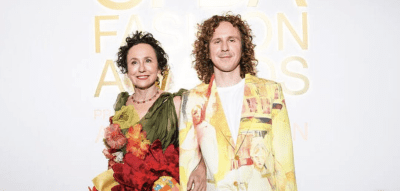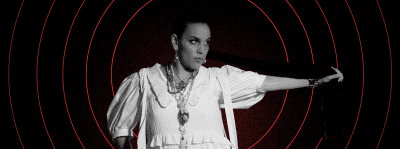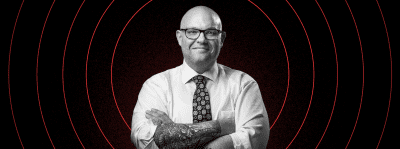Photo courtesy City Reliquary
The City Reliquary shines an inky spotlight on Lady Liberty
A new exhibit at the non-profit museum in Williamsburg pays homage to the Statue of Liberty — by way of tattoos
To most of the world, the Statue of Liberty is a beacon of freedom, representing all that the United States is supposed to stand for: unity, hope, inspiration. But to Emily Mason, the symbol is about much more than national identity. It touches on the personal.
“My grandma’s infatuation with the Statue of Liberty started when she was a kid,” the 30-year-old social media advertiser says. “I inherited her obsession.”
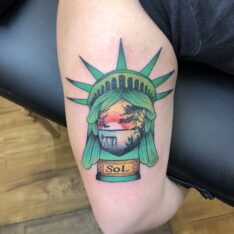
Courtesy Emily Mason
To honor her late grandmother, Mason decided to get a tattoo of Lady Liberty herself.
“Inside the face of Lady Liberty is what looks like the view from my grandmother’s house,” she explained, noting that the design is on her arm. “She lived on a lake, so it’s a sunset scene.”
Stories like Mason’s are actually pretty common. These connections to Frédéric Auguste Bartholdi’s iconic monument — expressed through the very personal act of tattooing — are on display in a new exhibit at the City Reliquary. “Liberty the Tattooed Lady: The Great Bartholdi Statue as Depicted in Tattooing” is on view now through January 12, 2025.
Curated by Michelle Myles, a tattooist and co-owner of Daredevil Tattoo Shop on Manhattan’s Lower East Side, the exhibit is, according to the organizers, “the first devoted entirely to the history of Statue of Liberty tattoos,” and will be followed by a book release about the subject as well.
“Basically, all these different interpretations of the statue [are on display],” explains Myles, “including a bunch of vintage photographs of early tattoos that have Lady Liberty on them plus a collection of contemporary ones. I put a call out on social media for them.”
And people answered. The responses included a mix of New Yorkers and folks from elsewhere, a fact that speaks to the topic at hand.
“The draw to the image is the idea of liberty. But, for a lot of people, Lady Liberty is also the symbol of New York City, so she becomes a souvenir of sorts,” she says. “To some people, it’s a symbol of America so Europeans come and get her tattooed.”
To Dave Herman, the president and founder of the museum, the show is also about the history of tattooing in New York, a city that’s believed to be the home of the first ever tattooing business in the United States.


Photo courtesy City Reliquary
“The electrified tattoo is something that changed the industry and the history of the Bowery,” he says, calling out the modern form of the craft, which makes use of needles soldered onto a bar, and the Manhattan neighborhood that many consider to be the birthplace of modern tattooing.
Quite literally putting his money where his mouth is, Herman will also sit down to get inked himself during the run of the exhibition.
“I love the artwork that’s not just emblematic of the statue itself but of tattooing it,” he says.
In addition to photos of tattoos of the landmark, visitors can expect to browse through vintage drawings, ephemera and antique flash designs, all riffs on the original sculpture.
“I’m going to go with the arm because it’s a traditional place for it given the shape of the statue,” he says. “It’s a nice long and rectangular area.”
As for which drawing he’ll choose, Herman is undecided — but he hopes to settle on something that pays as much homage to the history of body art as it does to what he refers to as the “secular saint of the New York harbor.”
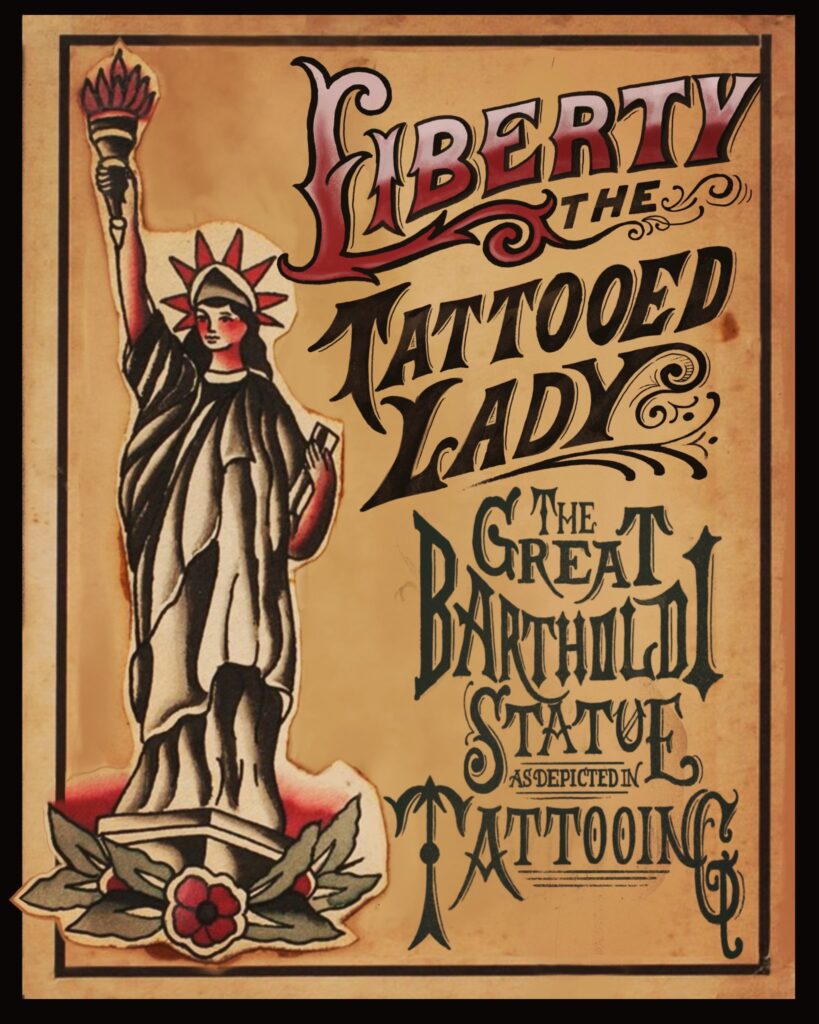

Photo courtesy City Reliquary
You might also like 

















